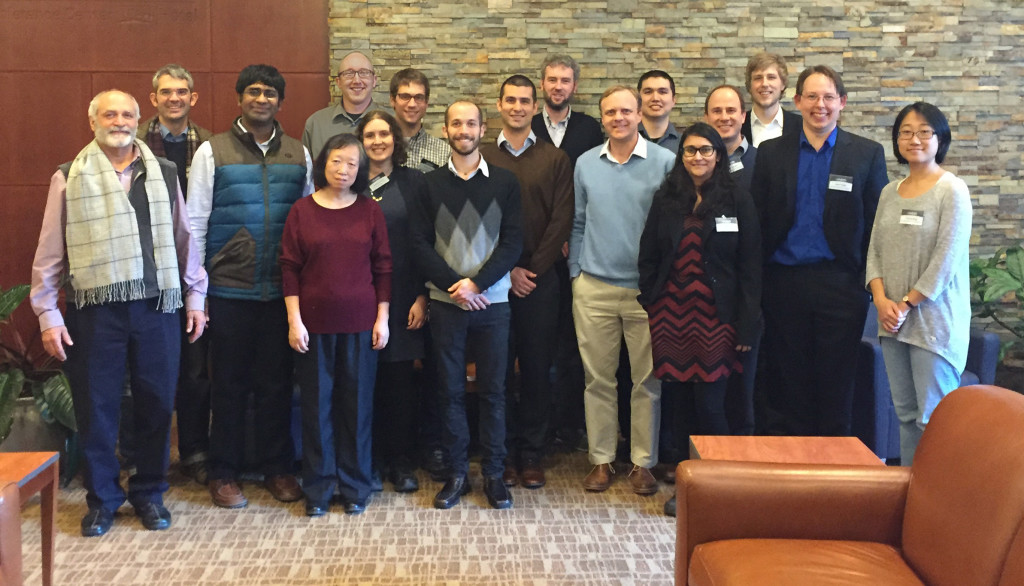Welcome to NEID! Here, we will document the development and deployment of a new high resolution planet-finding spectrograph that will be installed in 2019 on the 3.5-meter WIYN Telescope at Kitt Peak National Observatory near Tucson, Arizona. This instrument will be open to all astronomers, who can propose to use it through a peer-reviewed time allocation committee.
The instrument is named NEID – derived from the word meaning “to see” in the native language of the Tohono O’odham, on whose land Kitt Peak National Observatory is located. NEID also is short for “NN-EXPLORE Exoplanet Investigations with Doppler Spectroscopy.” NEID will detect planets by the tiny gravitational tug they exert on their stars.
NEID is being developed as part of a joint initiative between NASA and the National Science Foundation called NN-Explore, the purpose of which is to discover and characterize planets around nearby stars (so-called “exoplanets”) using the Doppler (or Radial Velocity) technique. The Doppler method of exoplanet discovery relies on making ultra-precise measurements of a star’s line-of-sight motion to detect the tiny gravitational perturbations of the planets that orbit that star.
NEID is being designed and built by a team of astronomers and engineers led by Principal Investigator Suvrath Mahadevan at Penn State University. The NEID instrument team is comprised of members from Penn State, in addition to collaborators at the University of Pennsylvania, Macquarie University, the Physical Research Laboratory in India, the National Institute of Standards and Technology/University of Colorado, and NASA’s Goddard Space Flight Center.
Be sure to come back to this space soon, as we will be bringing a lot of exciting information about NEID’s purpose, design, and construction, as well as highlighting some of the cutting-edge exoplanet research that this instrument is designed to support.

